1. Barn Doors
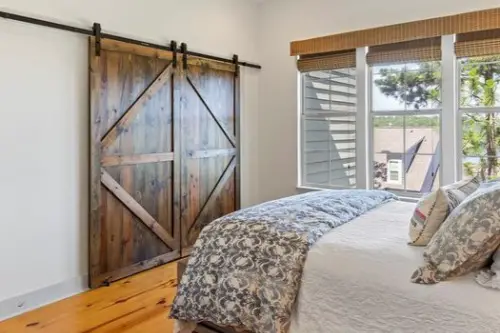
Once the darling of modern farmhouse design, barn doors are quickly losing their charm. They’re bulky, noisy, and don’t offer the same privacy or soundproofing as traditional doors. Plus, they’ve become so overused that they now feel more cliché than cool. What was once rustic-chic now reads as dated.
If you love the sliding-door look, consider a sleeker alternative like a pocket door or a minimalist panel with clean lines. These options feel more current and less theme-y. Design should evolve with your taste—not get stuck in 2016. Let the barn door ride off into the sunset.
2. Gray Everything
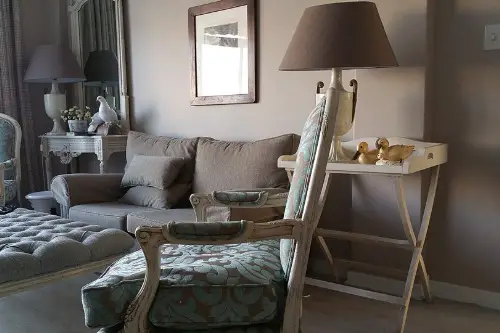
Gray walls, gray floors, gray furniture—it was the go-to neutral for nearly a decade. But now, it’s being replaced by warmer tones like taupe, beige, and earthy clay. All-gray interiors can feel cold and lifeless, especially when overdone. It’s a palette that’s starting to feel more like a default than a design choice.
If you’re craving a refresh, try layering in warmer neutrals or soft greens and blues. These tones feel more inviting and grounded. Gray isn’t gone forever—but it’s no longer the only option. Color is making a comeback, and it’s bringing warmth with it.
3. Fast Furniture Sets
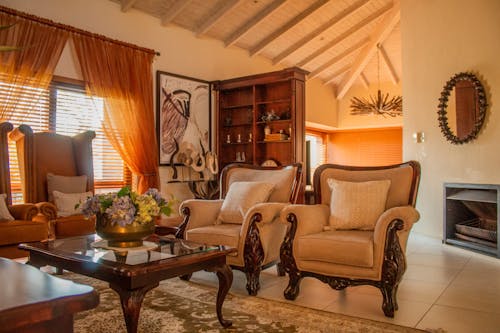
Buying the entire matching living room or bedroom set might seem like a shortcut to a cohesive look—but it often ends up feeling flat and impersonal. These sets lack the layered, collected feel that makes a space truly yours. Plus, they’re usually made from lower-quality materials that don’t age well. It’s convenience at the cost of character.
Instead, mix and match pieces over time. Combine vintage finds with modern staples, or blend different textures and finishes. A curated space always feels more elevated than a copy-paste one. Your home should tell your story—not a showroom’s.
4. Faux-Distressed Furniture
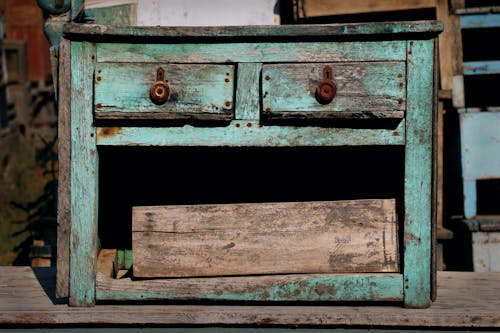
That pre-scuffed, factory-aged dresser might have once screamed “shabby chic,” but now it just feels…shabby. Faux-distressing has fallen out of favor as people move toward more authentic materials and finishes. It often looks artificial and lacks the charm of real patina. And in many cases, it doesn’t wear well over time.
If you love a lived-in look, opt for actual vintage pieces or let your furniture age naturally. Real wear tells a story—fake wear just tells on itself. Authenticity is always in style. Let your furniture earn its character.
5. Overly Themed Decor
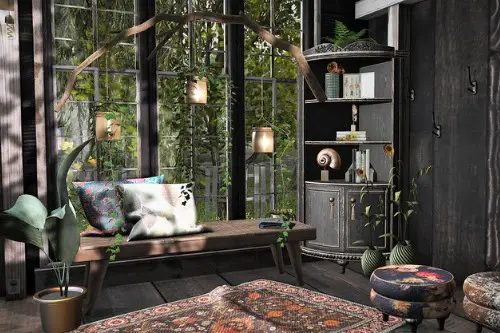
Whether it’s coastal, farmhouse, or industrial, going all-in on a single theme can make your home feel more like a set than a space. It limits flexibility and can quickly feel dated as trends shift. A room full of anchors and rope doesn’t say “beachy”—it says “gift shop.” Themed decor often lacks the nuance that makes a space feel personal.
Instead, draw subtle inspiration from styles you love and blend them with your own taste. A touch of rattan or a weathered wood accent goes further than a full-on motif. The best homes feel layered, not labeled. Style should be a suggestion, not a costume.
6. Word Art and Slogan Signs
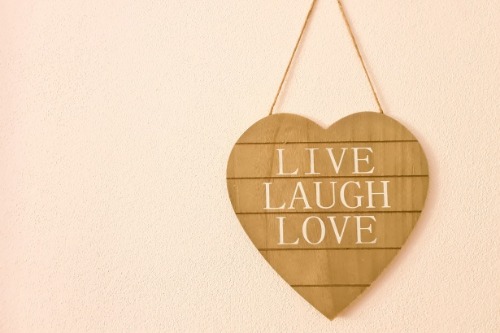
“Live, Laugh, Love” had its moment—but that moment has passed. Decorative signs with inspirational quotes or kitchen puns now feel more mass-produced than meaningful. They can make a space feel generic, even if the sentiment is sincere. It’s decor that’s been overdone to the point of parody.
Swap them out for art that reflects your personality—photography, abstract prints, or even a framed recipe or handwritten note. Let your walls speak in your voice, not a stencil font. Meaningful doesn’t have to be literal. Subtlety is the new statement.
7. Overly Ornate Light Fixtures
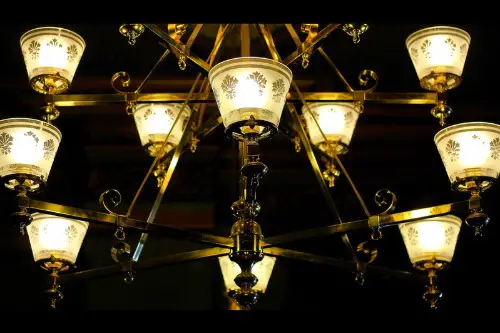
Crystal chandeliers and heavy, wrought-iron pendants can weigh down a space—literally and visually. These fixtures were once seen as glamorous, but now they often feel out of sync with today’s cleaner, more streamlined aesthetics. They can make a room feel overly formal or stuck in another era. Lighting should enhance, not overpower.
Look for sculptural, minimalist, or natural-material fixtures that add interest without dominating the room. Think brass, linen, or matte finishes. A great light fixture should feel like a conversation, not a monologue. Let it glow, not shout.
8. Faux Plants That Look Fake

Not all faux greenery is created equal—and the obviously plastic kind is officially out. Shiny leaves, visible glue, and unnatural colors can cheapen even the most thoughtfully designed space. They’re often dust magnets, too. If it doesn’t pass the “squint test,” it’s not doing your room any favors.
If you can’t keep real plants alive, invest in high-quality faux options made from silk or fabric. Or go for dried botanicals like eucalyptus or pampas grass. Greenery should add life—even if it’s not alive. Realistic or nothing.
9. Wall Decals and Stick-On Murals
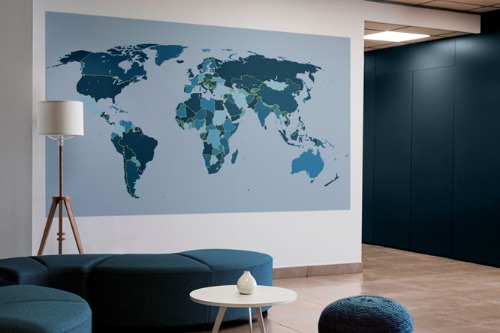
Peel-and-stick decals were once a renter’s dream, but they’ve become a visual shortcut that rarely holds up. They often bubble, peel, or fade—and they can make a room feel juvenile or temporary. What was once clever now feels a little too easy. It’s decor that doesn’t quite commit.
If you want wall impact without permanence, try removable wallpaper or framed oversized prints. These options feel more intentional and grown-up. Your walls deserve more than a sticker. Make it art, not adhesive.
10. Overuse of Chevron and Geometric Patterns
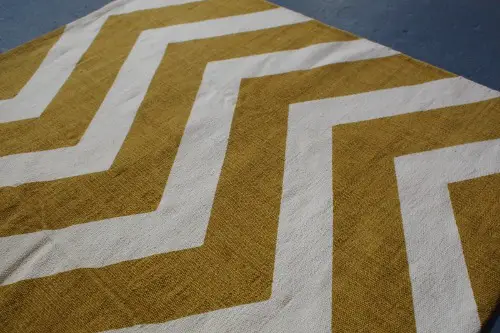
Chevron was everywhere for a while—on rugs, pillows, curtains, even walls. But like any trend that gets oversaturated, it’s now feeling tired. The same goes for overly busy geometric prints that dominate a room. They can make a space feel dated and overly trendy, rather than timeless.
If you love pattern, try more organic shapes, subtle textures, or classic motifs like stripes or plaids. These add visual interest without overwhelming the space. Pattern should support the room—not steal the spotlight. Less zigzag, more rhythm.
11. Faux Marble Everything
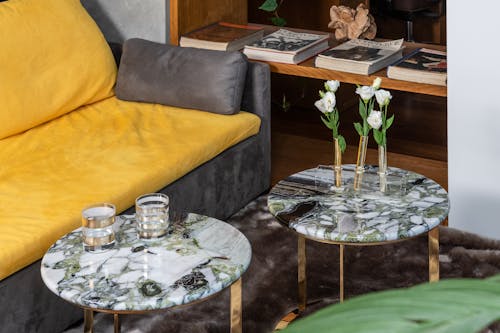
From countertops to coffee tables to contact paper, faux marble has been mass-produced to the point of exhaustion. It often looks too glossy, too uniform, or just plain fake. And when it chips or peels, it loses all appeal. What was once a budget-friendly hack now feels like a shortcut that didn’t quite land.
If you love the look, consider real stone in small doses or high-quality quartz alternatives. Or embrace other materials like wood, concrete, or terrazzo. True style isn’t about imitation—it’s about intention. Let your surfaces speak with substance.
This post 11 Things You’re Buying for Your Home That Are Already Out of Style was first published on Greenhouse Black.
